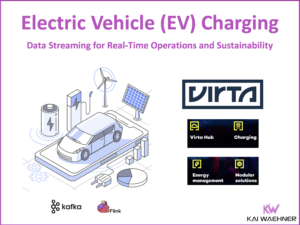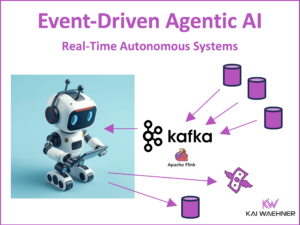Book Review: “Apache Camel Message Routing”
“Apache Camel Message Routing” is a new book published by PACKT PUBLISHING. Author is Bilgin Ibryam. As it’s subtitle says, the book describes how to “route, transform, split, multicast messages, and do much more with [Apache] Camel”.
Apache Camel is the best integration framework “on the market”. It has very good domain specific languages, many connectors, different companies behind it, and an awesome worldwide open source community. So, seeing a new book about Apache Camel is always good news!





